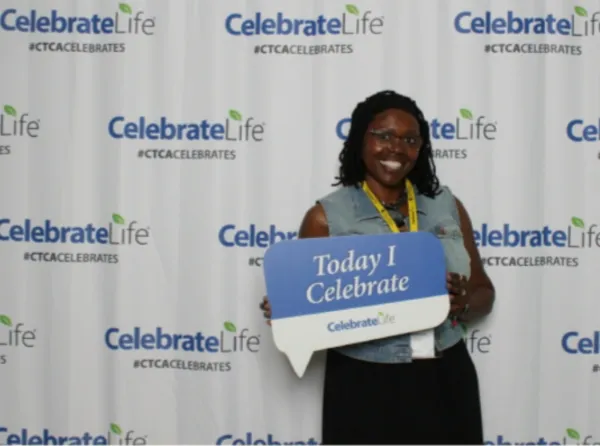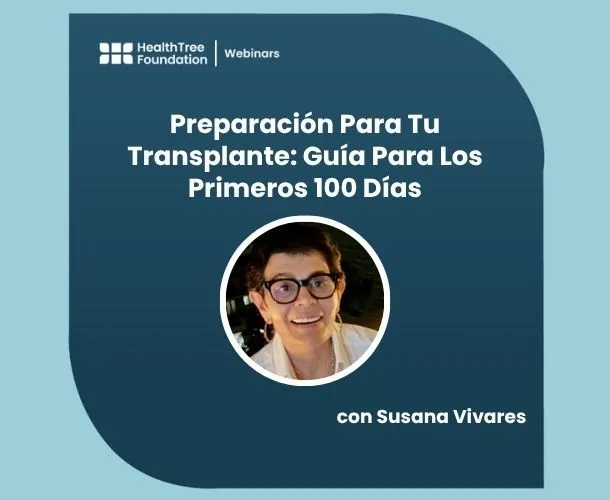Using the New Treatment Combo for Multiple Myeloma (Elotuzumab Pomalidomide and Dex) in the Clinic

In November of 2018, the FDA approved a new combination for the use of elotuzumab - this time in combination with pomalidomide and dexamethasone. The approval was granted based on the results from the ELOQUENT-3 study showing that elo, pom and dex had better outcomes than pom and dex alone. Elotuzumab is typically never used by itself but provides benefit when used with an immonomodulator. So when patients relapse after taking Revlimid, now Pomalyst can be used instead. In the study, the researchers concluded:
Among patients with multiple myeloma in whom treatment with lenalidomide and a proteasome inhibitor had failed, the risk of progression or death was significantly lower among those who received elotuzumab plus pomalidomide and dexamethasone than among those who received pomalidomide plus dexamethasone alone.
 Dr. Jens Hillengass joined us to share a few comments on how he uses this combination in the clinic:
Dr. Jens Hillengass joined us to share a few comments on how he uses this combination in the clinic:
- The new elotuzumab / pomalidomide / dexamethasone combination gives us a new approach and way to not only encourage natural killer (NK) cells to kill the myeloma, but pomalidomide also boosts the immune system to attack myeloma
- This new combination is approved for patients who have had three prior lines of treatment (with a prior proteasome inhibitor and immunomodulator) and have relapsed or refractory myeloma
- The side effect profile for elotuzumab is very good and the drug is very well tolerated, even for patients who have had side effects before this. It doesn't add many more side effects than what we already know with pom/dex alone.
- Always consult your doctor when making treatment decisions.
To listen to Dr. Hillengass, click the link below.
[audio mp3="https://storage.googleapis.com/crowdnews-media-library/2019/03/SMT_CrowdCare_Web-Jens-Hillengass-Elotuzumab-Pom-Dex.mp3"][/audio]
In November of 2018, the FDA approved a new combination for the use of elotuzumab - this time in combination with pomalidomide and dexamethasone. The approval was granted based on the results from the ELOQUENT-3 study showing that elo, pom and dex had better outcomes than pom and dex alone. Elotuzumab is typically never used by itself but provides benefit when used with an immonomodulator. So when patients relapse after taking Revlimid, now Pomalyst can be used instead. In the study, the researchers concluded:
Among patients with multiple myeloma in whom treatment with lenalidomide and a proteasome inhibitor had failed, the risk of progression or death was significantly lower among those who received elotuzumab plus pomalidomide and dexamethasone than among those who received pomalidomide plus dexamethasone alone.
 Dr. Jens Hillengass joined us to share a few comments on how he uses this combination in the clinic:
Dr. Jens Hillengass joined us to share a few comments on how he uses this combination in the clinic:
- The new elotuzumab / pomalidomide / dexamethasone combination gives us a new approach and way to not only encourage natural killer (NK) cells to kill the myeloma, but pomalidomide also boosts the immune system to attack myeloma
- This new combination is approved for patients who have had three prior lines of treatment (with a prior proteasome inhibitor and immunomodulator) and have relapsed or refractory myeloma
- The side effect profile for elotuzumab is very good and the drug is very well tolerated, even for patients who have had side effects before this. It doesn't add many more side effects than what we already know with pom/dex alone.
- Always consult your doctor when making treatment decisions.
To listen to Dr. Hillengass, click the link below.
[audio mp3="https://storage.googleapis.com/crowdnews-media-library/2019/03/SMT_CrowdCare_Web-Jens-Hillengass-Elotuzumab-Pom-Dex.mp3"][/audio]
about the author
Jennifer Ahlstrom
Myeloma survivor, patient advocate, wife, mom of 6. Believer that patients can contribute to cures by joining HealthTree Cure Hub and joining clinical research. Founder and CEO of HealthTree Foundation.
More on Treatment Advances
Trending Articles




Get the Latest Multiple Myeloma Updates, Delivered to You.
By subscribing to the HealthTree newsletter, you'll receive the latest research, treatment updates, and expert insights to help you navigate your health.













